Our District
Board of Education
Community
Departments
Parents
Staff

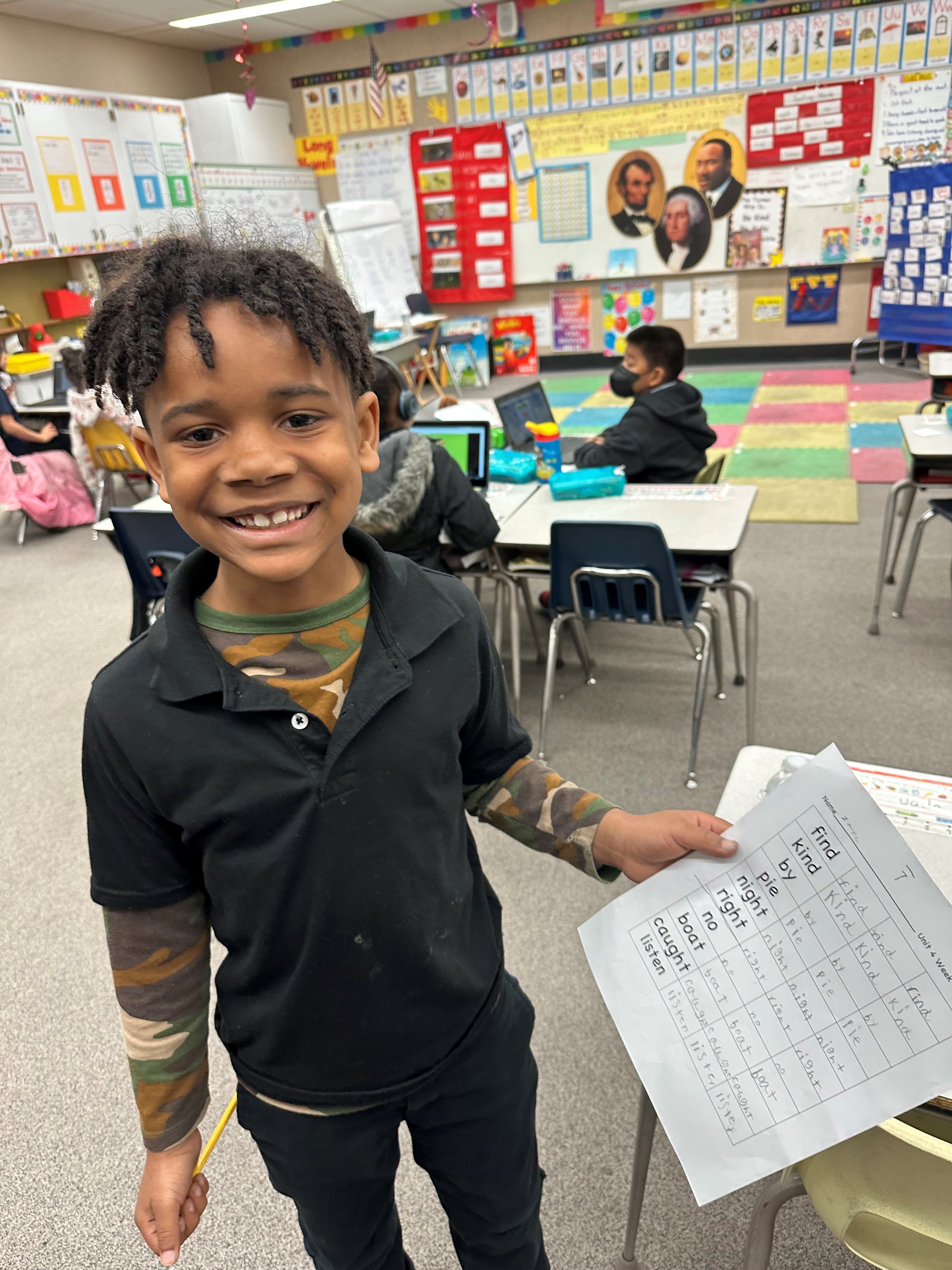
ANTIOCH UNIFIED and Heggerty: Beginning in the 2024-2025 school year, all Kindergarten and 1st grade scholars will participate in a 10 minutes of Phonemic Awareness direct instruction using the Heggerty Program. In addition, all Dual Emersion Kinder and 1st grade students will receive Heggerty Phonemic Awareness direct instruction in Spanish as well.

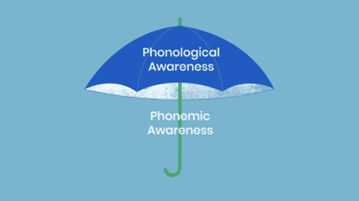
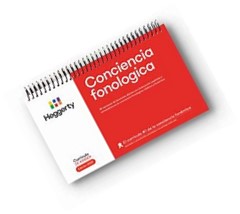
What is Phonemic Awareness?
Phonemic awareness is the understanding that spoken words are made of individual sounds called phonemes. A phoneme is the smallest unit of sound we hear in a word. Phonemic awareness falls underneath the umbrella as a sub-category of phonological awareness. Rather than working with larger units of spoken language, we ask students to listen for the individual sounds or phonemes in a spoken word. When we ask students to blend or segment words into the smallest unit of sound they hear, we are working at the phonemic awareness level. For example, the four sounds /p//l//a//n/ can be blended to make the whole word plan.
Heggerty: Parent Newsletter with ideas to work on Phonemic Awareness at home: Phonemic Awareness Assessments & Lesson Plans | Heggerty
ANTIOCH UNIFIED and UFLI (University of Florida Literacy Institute): Beginning in the 2024-2025 school year, all Kindergarten, 1st grade & 2nd grade scholars will participate in 30 minutes of Phonic direct instruction using the UFLI Foundations program. This dedicated time will include both decoding (reading) and encoding (writing) instruction and practice much of which is with hands on manipulation of letters.
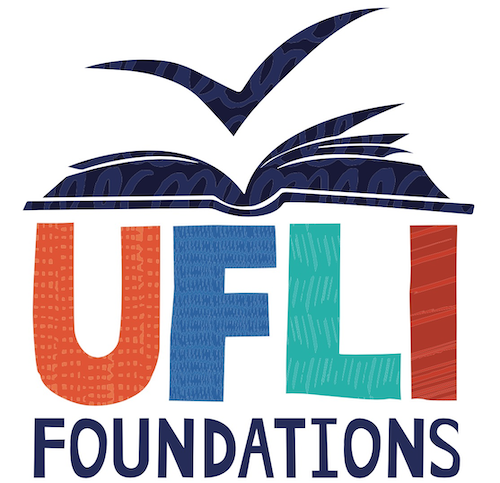
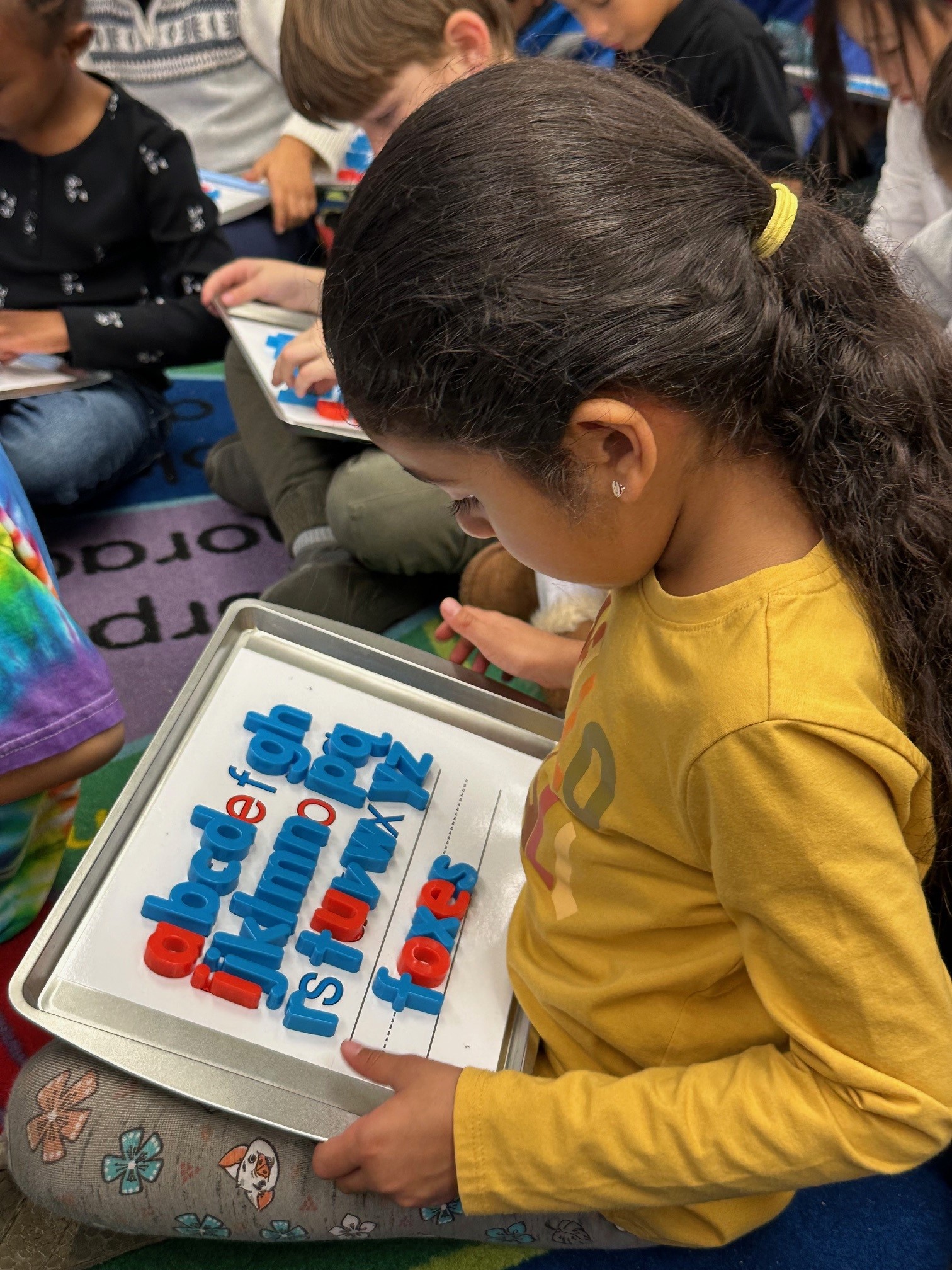
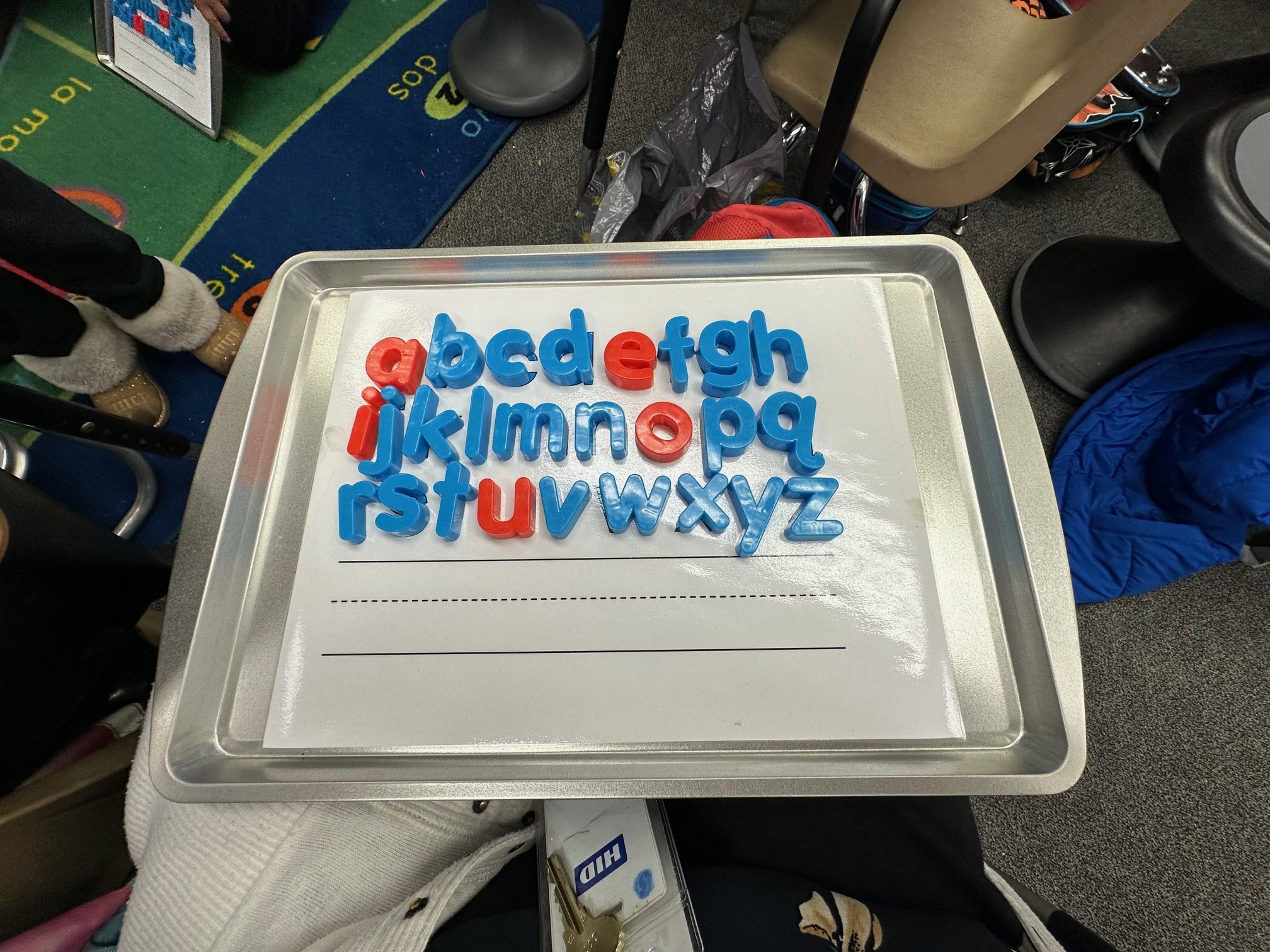
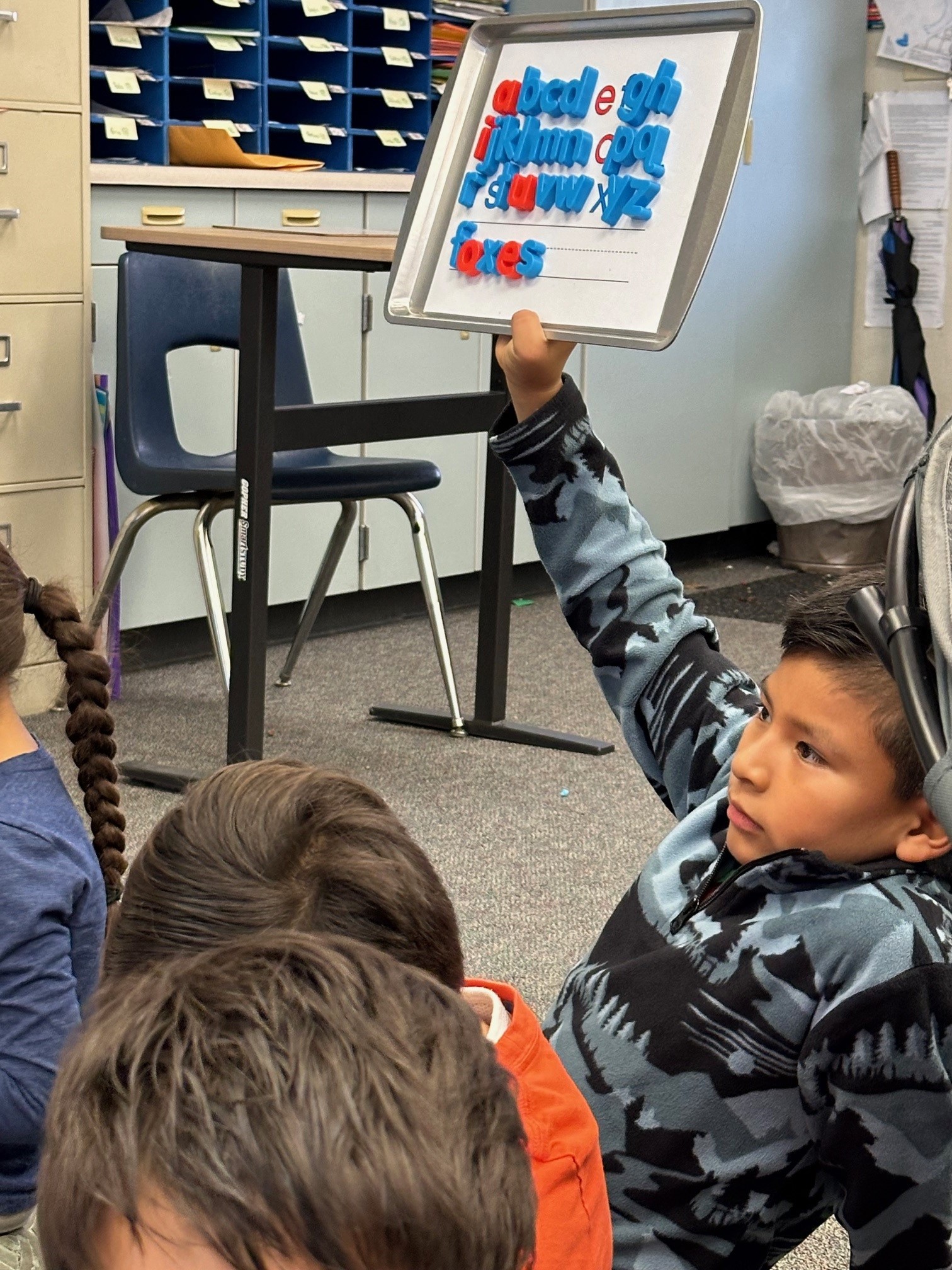
What is Phonics?
Phonics is a way of teaching children how to read and write. It helps children hear, identify and use different sounds that distinguish one word from another in the English language.
Written language can be compared to a code, so knowing the sounds of individual letters and how those letters sound when they’re combined will help children decode words as they read.
Understanding phonics will also help children know which letters to use when they are writing words.
Phonics involves matching the sounds of spoken English with individual letters or groups of letters. For example, the sound k can be spelled as c, k, ck or ch.
Teaching children to blend the sounds of letters together helps them decode unfamiliar or unknown words by sounding them out. For example, when a child is taught the sounds for the letters t, p, a and s, they can start to build up the words: “tap”, “taps”, “pat”, “pats” and “sat”.